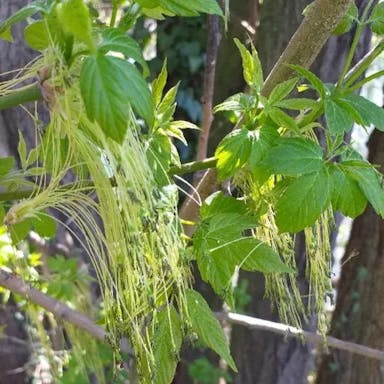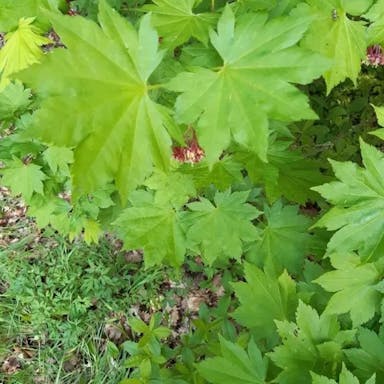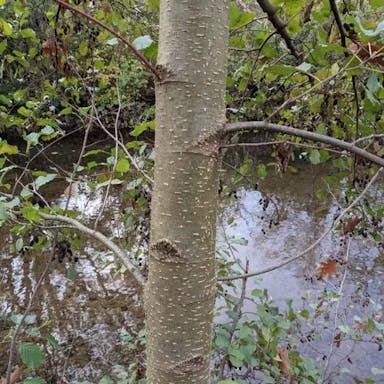The legume Robinia pseudoacacia, known as black locust, is widespread in the United States. Its delicate white racemes suggest innocence and are used in formal events. However, the tree's thorns belie its floral elegance. Its toxic heartwood resists decay but is prone to deformation. The black locust's aggressive growth crowds out native species. Despite drawbacks, it remains popular for honey production and as ornamental landscaping. Its tenacious nature echoes pioneer spirit. Black locust blooms indifferent of birthdate, spreading indiscriminate beauty.
True acacia, Acacia senegal, yields gum arabic in the Sahel. A thorny and water-wise tree, it stabilizes drifting sands. Its pods and leaves nourish livestock during dry seasons. Integrated into agroforestry, acacia provides food security. The tree concentrates limited resources above ground. Its roots reach deep for groundwater. The acacia adapts to harsh conditions where few species thrive. It persists despite difficulties, symbolizing resilience.
Mimosa pudica, touch-me-not, folds its leaves when disturbed. As day fades, its drooping leaves close, suggesting modesty. Sensitive and shy, it withdraws from attention. Each reactive movement fascinates children. They delight in its responsiveness. The humble mimosa asks only to be left in peace. It spreads readily but not aggressively. Content in the understory, mimosa enriches biodiversity.











